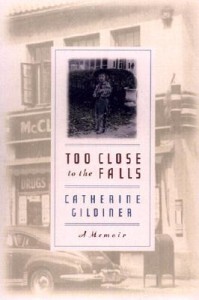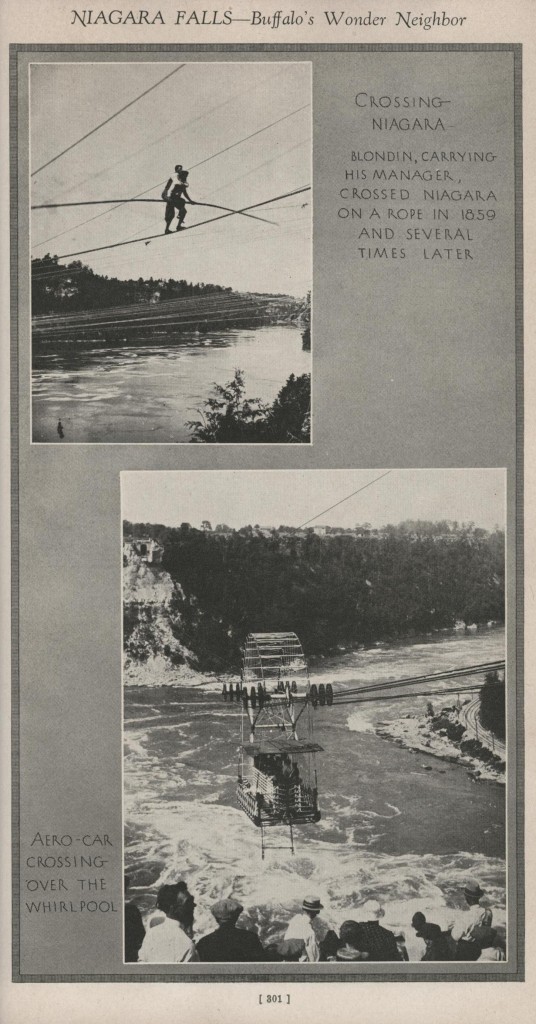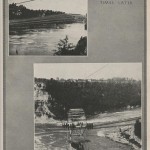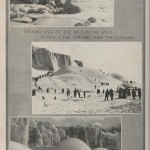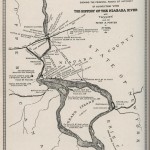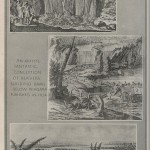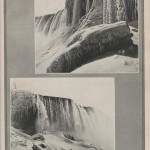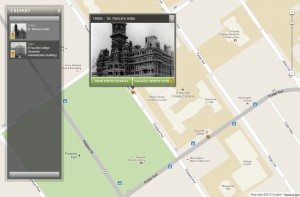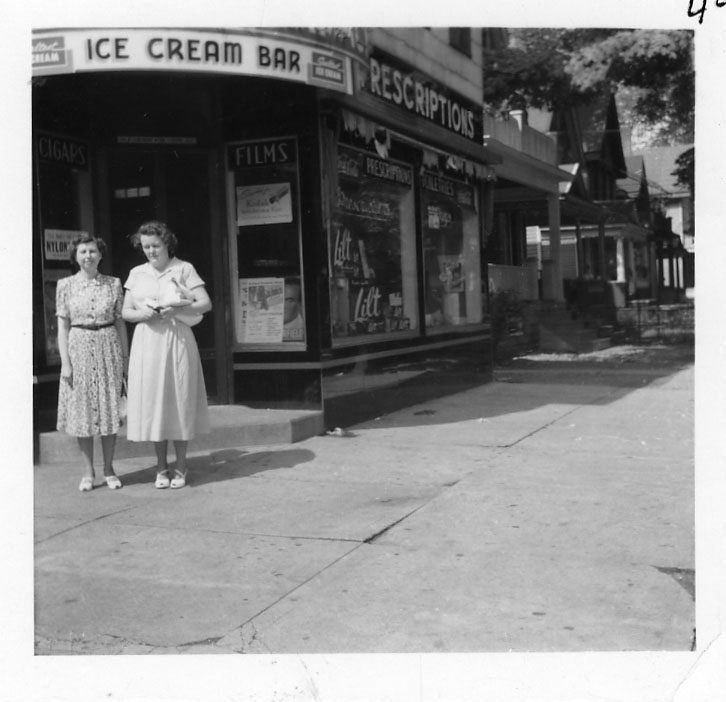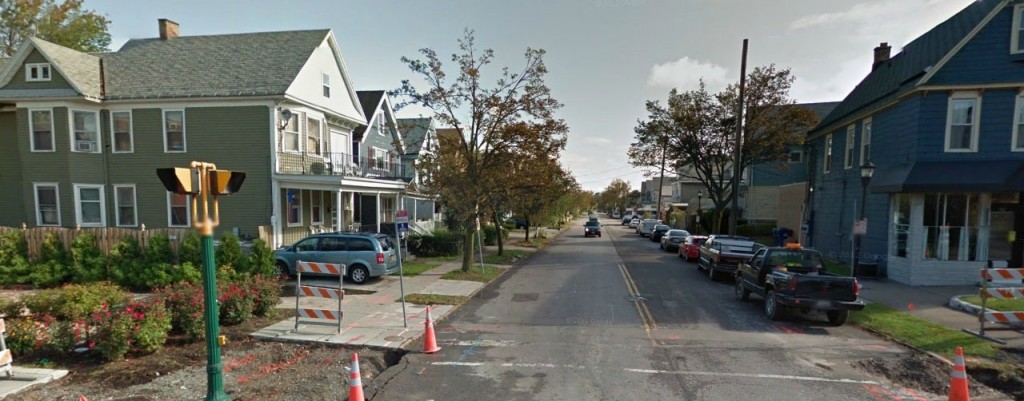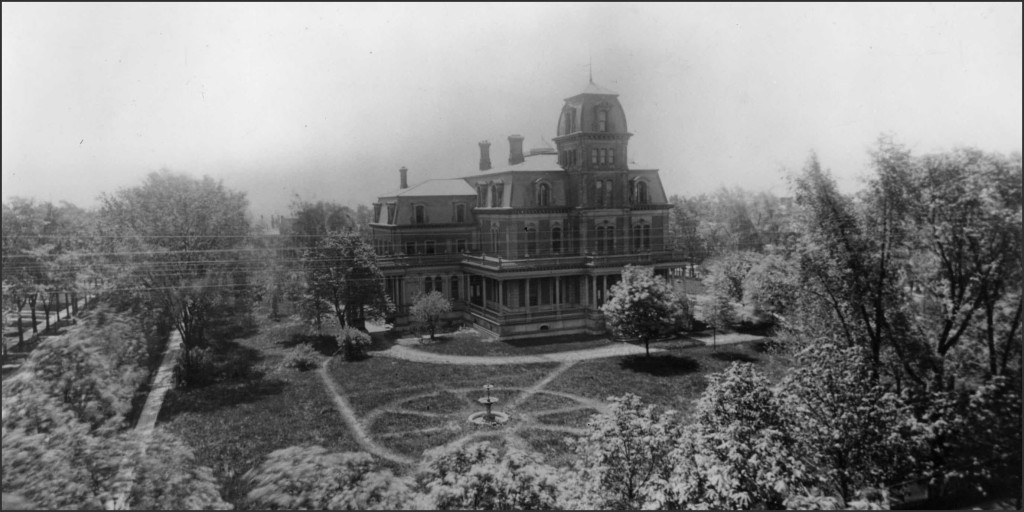“Welcome to the childhood of Catherine McClure Gildiner. It is the mid-1950s in Lewiston, New York, a sleepy town near Niagara Falls. Divorce is unheard of, mothers wear high heels to the beauty salon, and television has only just arrived. At the tender age of four, Cathy accompanies Roy, the deliveryman at her father’s pharmacy, on his routes. She shares some of their memorable deliveries-sleeping pills to Marilyn Monroe (in town filming Niagara), sedatives to Mad Bear, a violent Tuscarora chief, and fungus cream to Warty, the gentle operator of the town dump. As she reaches her teenage years, Cathy’s irrepressible spirit spurs her from dangerous sled rides that take her “too close to the Falls” to tipsy dances with the town priest.” www.goodreads.com
These two books follow the fascinating, and at times astonishing, childhood and young adulthood of Catherine Gildner. Gildner grew up just a few miles from D’Youville in Lewiston NY. She describes what it was like to grow up in Western NY in her relatively eccentric family during the 40’s, 50’s and 60’s. Her tales take you through many Buffalo area landmarks and various historical happenings including; Love Canal, The Albright-Knox, Amigone Funeral Home, Amherst High School and an encounter with Marilyn Monroe during the filming of Niagara (1953). They are both highly recommended reads for anyone interested in a fun and intriguing narrative describing day-to-day life in the Buffalo area during the mid century, or perhaps just looking to step back in time for a little while.
You can find several copies of Too Close to the Falls in the DYC library. Here is a link to the Too Close to the Falls catalog record. After the Falls has not yet been added to the collection but you can read more about it here.

